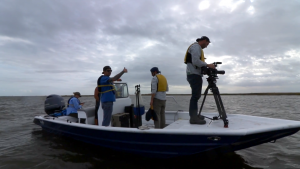In the wake of the $1.9 trillion American Rescue Plan Act, President Biden’s administration has turned its sights from rescue to resilience in the newly announced American Jobs Plan that would invest $650 billion in rebuilding infrastructure nationwide.
This proposed legislation is intended not only to mitigate significant and structural economic challenges, but also to repair and strengthen the systems on which we depend. This includes natural infrastructure to make our communities and ecosystems more climate resilient.
On our coasts, revitalizing our economy must include building long-term resilience to climate change, sea level rise and hurricanes. In Louisiana, we already know exactly the kind of projects that the American Jobs Plan should support. Read More











